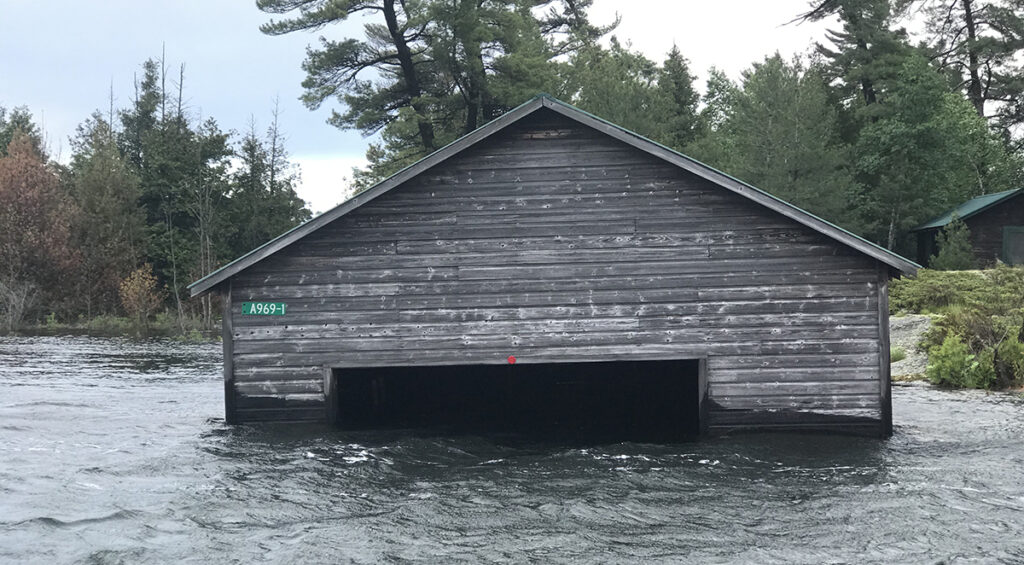
This is a 2021 report from John Lavis, a Bayfield Inlet cottager who is one of the BNIA’S two representatives to the Georgian Bay Association, where John is now chair of its Water Levels committee.
After a year on the GBA board, I took over the role of chair of the water committee in 2020, which addresses both water levels and water quality. For the past year, the big issue has been water levels.
As a new islander, I bought in at the lowest of lows (2012) and last summer found myself at the highest of highs. This spring (2021) it felt like someone pulled the plug and — at least for now — water levels are way down (about a foot) compared to last year. (Note: in 2022, they’re down about another foot, or more.)
I was keen to understand what the science could tell us about what was causing these dramatic fluctuations and what could be done about it. In October 2020, the GBA hosted a water-levels symposium that brought together leading scientists and key decision-makers from both Canada and the U.S..
I learned four key things:
If you want to read more about what we learned from the symposium check out the GBA website.
To see an analysis of current water levels in Lake Michigan-Huron, go to this page and scroll to the bottom.
